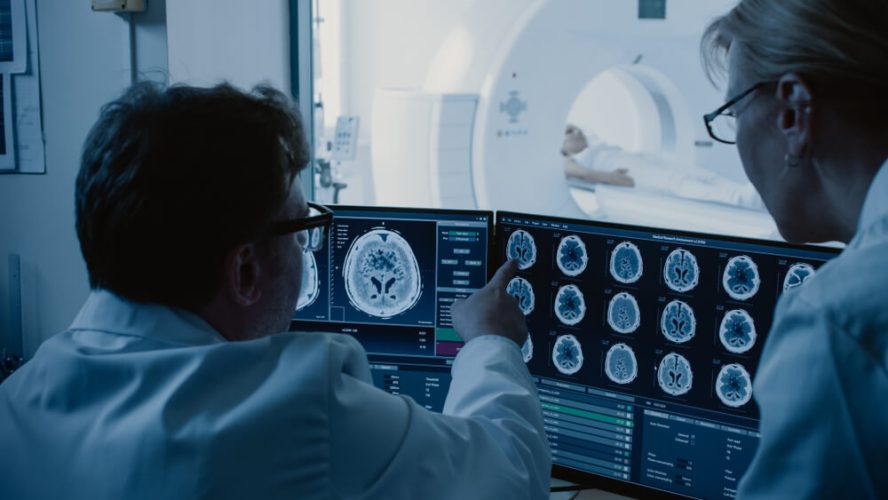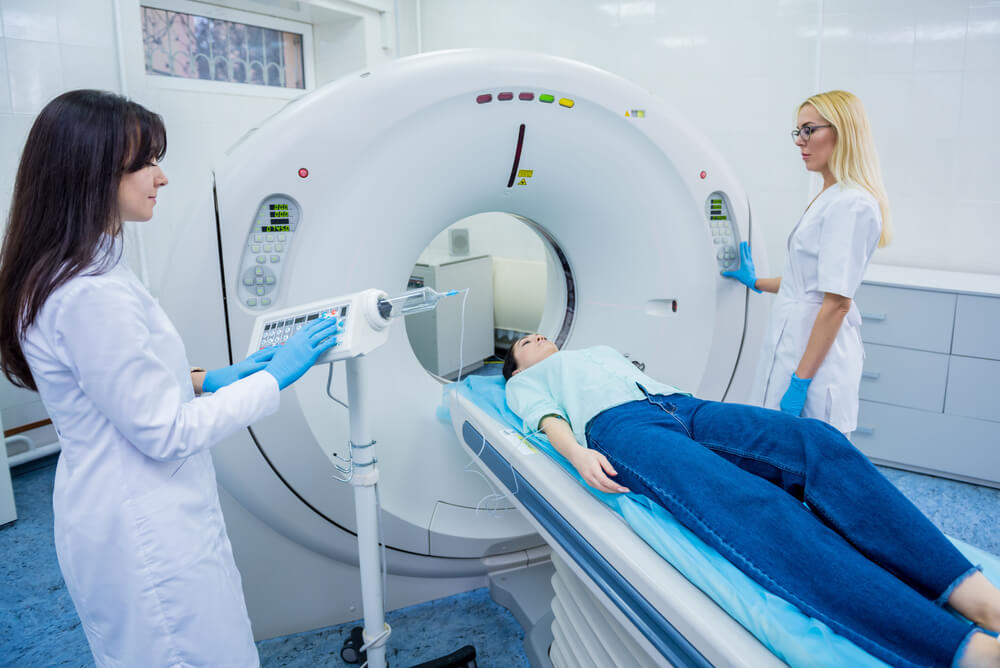
Getting CT scans can be instrumental in taking care of your health and diagnosing issues before they become more serious. After getting the test approved by their health insurance, many people head in to get imaging done without a second thought. However, these scans could have side effects of which you aren’t aware.
Before you decide to get a CT scan, it’s important to be aware of both the benefits and the risks. Even if it isn’t anything to worry about, it’s still good to know exactly what’s happening to your body when you go in for imaging. That way, you can make an informed decision about what diagnostic tools make the most sense for your situation.
Exploring the Mechanics Behind CT Imaging
A computed tomography scan, or a CT scan, is a type of medical imaging that uses X-ray wavelengths to visualize cross-sections of your body. You may have also heard it referred to as a CAT scan. Medical professionals can use these images to identify tumors, detect fractures, diagnose heart disease, and more. You can get CTs done at testing centers or at an urgent care or ER if you have an emergency.
Computed tomography machines work by taking multiple X-rays while rotating around you, capturing cross-sections of your body. Medical professionals can use the 2D images or combine them into a 3D image that provides even more information about your internal tissues, organs, and bones. CTs provide more detailed information than traditional X-rays, and they can also pick up on soft tissues more easily, so they’re extremely helpful in diagnosing and monitoring a wide range of issues.
The DNA Dilemma: Understanding the Risks
Because they use X-rays, CT scanners expose you to a small amount of ionizing radiation, which is unfortunately known to damage tissues and potentially increase the risk of certain kinds of cancers. CTs can actually expose you to about 150 times the amount of radiation as a traditional X-ray, and one study found that CTs cause DNA damage and even death of some cells.
In the 2015 study, scientists at Stanford examined the cells of 67 patients who underwent a wide range of CT scans. During the study, researchers detected cellular damage from the scan in patients who received all but the lowest dose of radiation. They noted that DNA damage was not detected in patients who were exposed to 7.5 mSv (a measure of radiation dosage) or less. That amount of radiation exposure is equivalent to the radiation you’re subjected to from one heart CT scan or 50 chest X-rays.
However, those who experienced higher doses — such as the radiation levels by full body and full chest scans — suffered noticeable cell damage. Other studies also show that women and children are more vulnerable to damage from CT scans, with both groups having a higher risk of developing cancer after getting a CT.
However, this doesn’t mean you should be afraid of CT scans. In the Stanford study, most of the damaged cells were repaired. Our bodies can typically bounce back from cellular damage because of recovery mechanisms and enzymes that repair the damage.
Plus, people who got the lowest dose of radiation didn’t experience any cellular damage, and a later 2020 study found that low-dose CT scans don’t have any impact on your DNA. While you probably shouldn’t go out and get CT scans for fun, routine scanning is still relatively safe and can be a critical early intervention for cancers and other diseases.

Promising Research and Safer Alternatives
Scientists and researchers are constantly looking for ways to make healthcare diagnostics safer. If you’re concerned about the radiation from CT scans, you can talk to your doctor about alternatives.
For example, ultrasounds and X-rays can diagnose some of the same issues as CTs. Even though a CT may be able to provide a more comprehensive image of what’s going on inside your body, you might not need that level of detail. If you do require more detail, an MRI could potentially be a good option.
Another emerging solution is EOS scanning. EOS systems are relatively new, first launching in the late 2000s. They still use radiation but at a much lower rate than CTs. In fact, EOS scans emit only a third of the amount of radiation as a basic X-ray. Because they can capture different soft and hard tissues in the body, EOS machines could potentially be an even safer alternative to CTs.
Navigating Through Health Coverage for CT Scans
If your doctor recommends a CT, it’s usually a good idea to follow their advice despite the potential risks. Ultimately, the human body is quite resilient, and you’ll likely be able to heal from most, if not all, of any cell damage that occurs. Plus, putting off or skipping the CT can make it harder to diagnose and treat life-threatening conditions like cancers and heart disease. If you and your doctor decide a CT is your best option over other alternatives, the next step is getting approval for the test from your insurer.
Deciphering Insurance Policies: What’s Covered and What’s Not?
Different types of health insurance plans and providers offer different levels of coverage for imaging, including CTs. In some plans, you might just have to pay a small co-pay for your CT test. For others, you may have to pay out of pocket until you reach your deductible, after which you’ll pay a percentage of the total CT cost. If you have insurance, you likely have some sort of coverage for CTs, but because policies vary so widely, it’s important to check the details of your specific plan.
Planning Ahead: The Real Cost of CT Scan Procedures
Having insurance can make a big difference in your finances if you need CT imaging. CT scans can cost thousands of dollars out of pocket. Plus, you may need multiple scans to monitor your condition throughout treatment. Alongside your traditional policy, you might consider add-ons like hospital indemnity plans to supplement your existing coverage and reduce out-of-pocket testing costs. Signing up for CT scan insurance can save you thousands of dollars on imaging if you end up having a serious health issue.
Need Help Navigating Health Insurance in California? Freeway Can Help
Do CT scans affect DNA? In many cases, the answer is yes, but your body will likely be able to heal much of the damage on its own. It’s important to understand the risks of radiation exposure related to CTs, but putting off testing and treatment can be much more dangerous. If you’re concerned about the effects, try talking to your doctor about your personal risk level to decide whether a CT is right for you.
Before you go in for medical imaging, you’ll need the right insurance. At Freeway, you can find affordable plans that keep your imaging costs low, so you never have to put off important diagnostic tests because of money. Contact Freeway Insurance over the phone at 877-423-1508 to explore your health insurance options and find the coverage you need.



